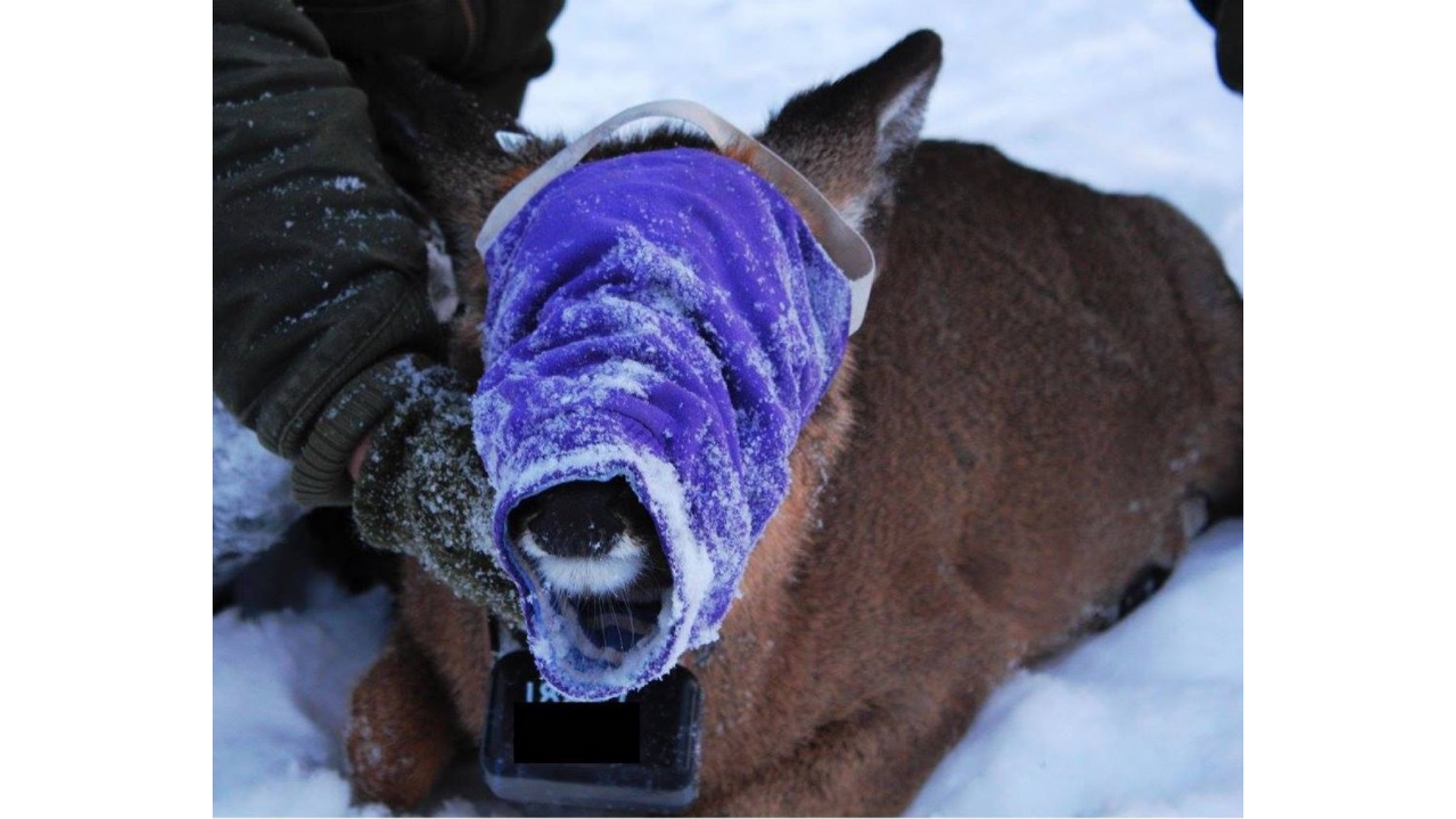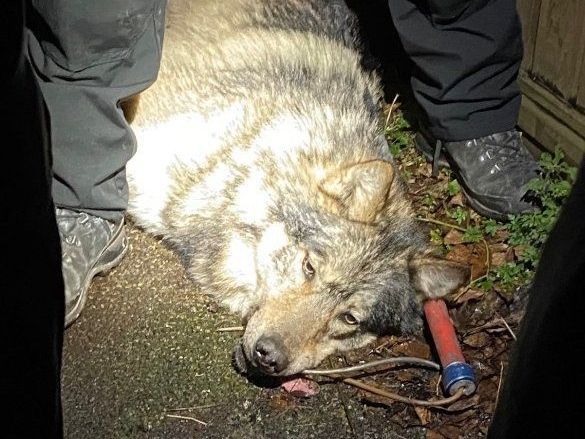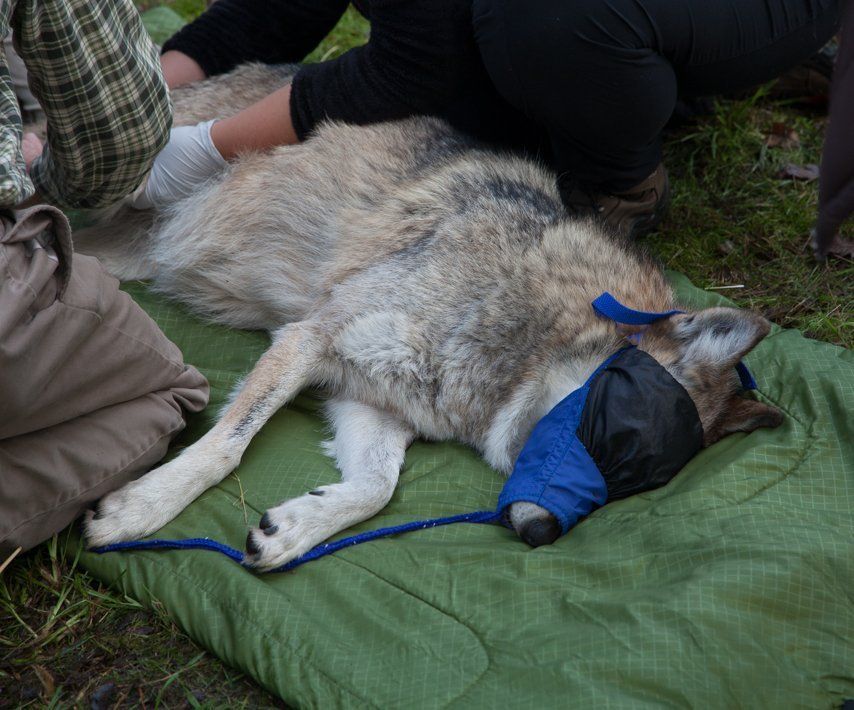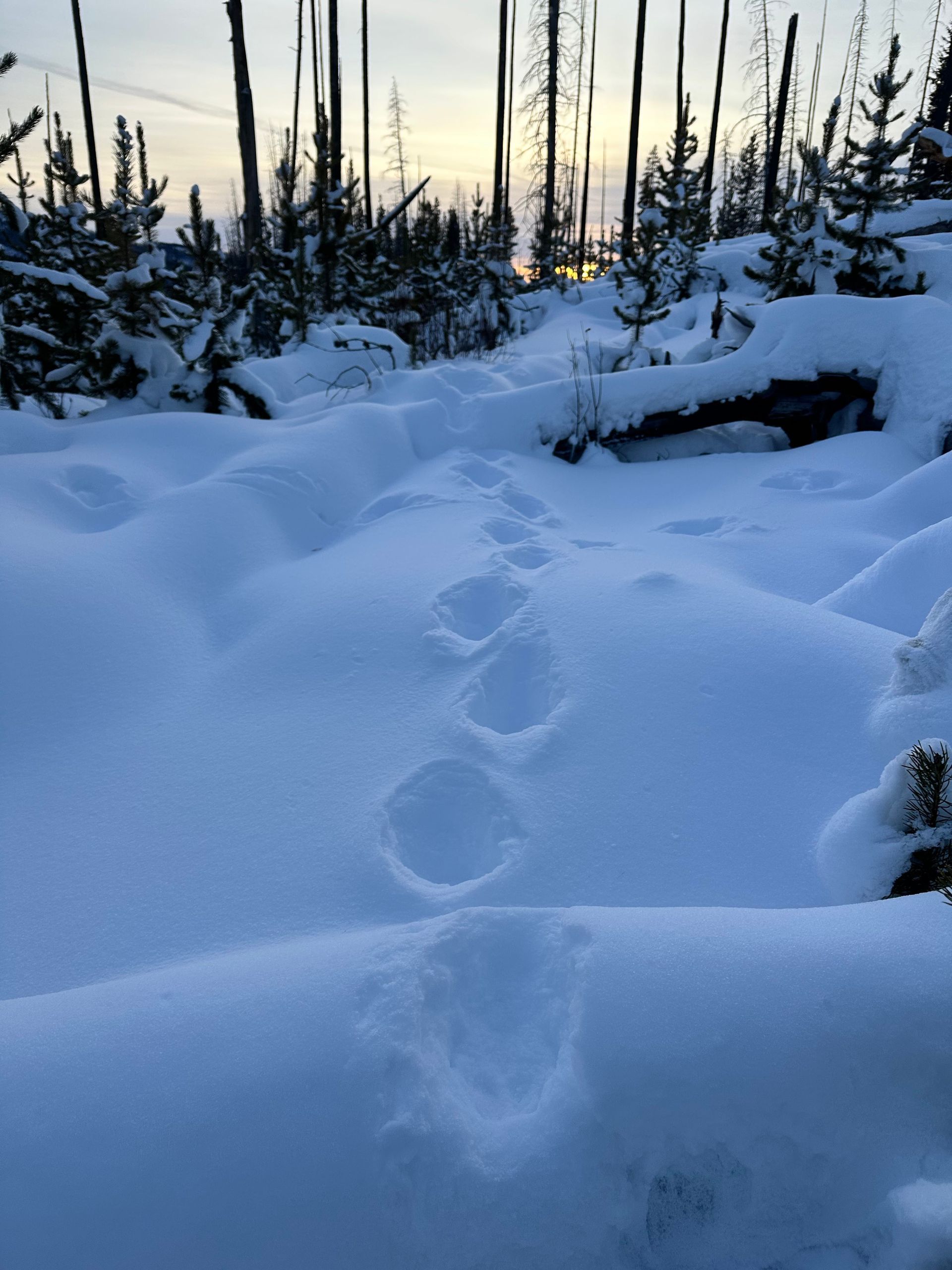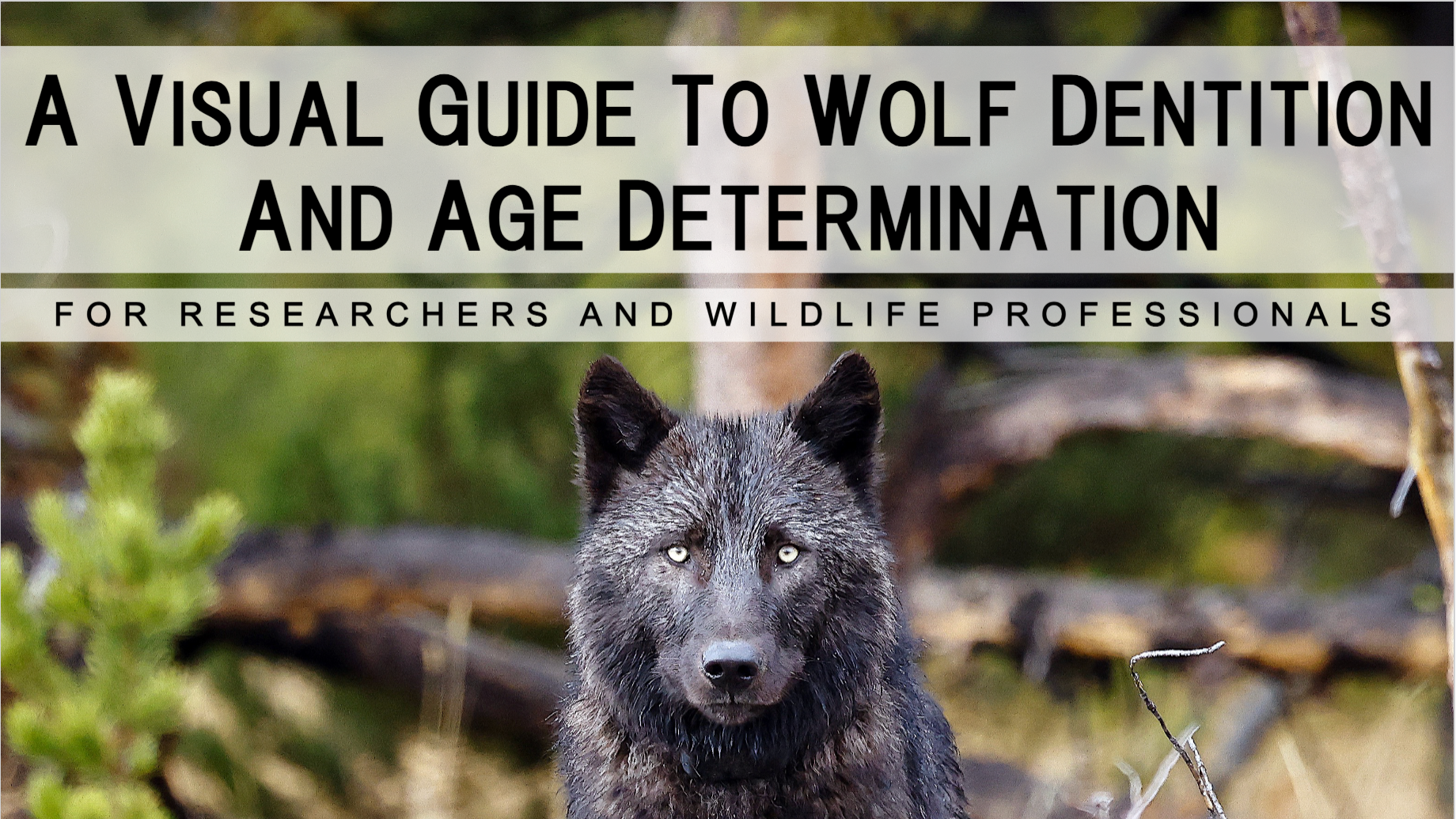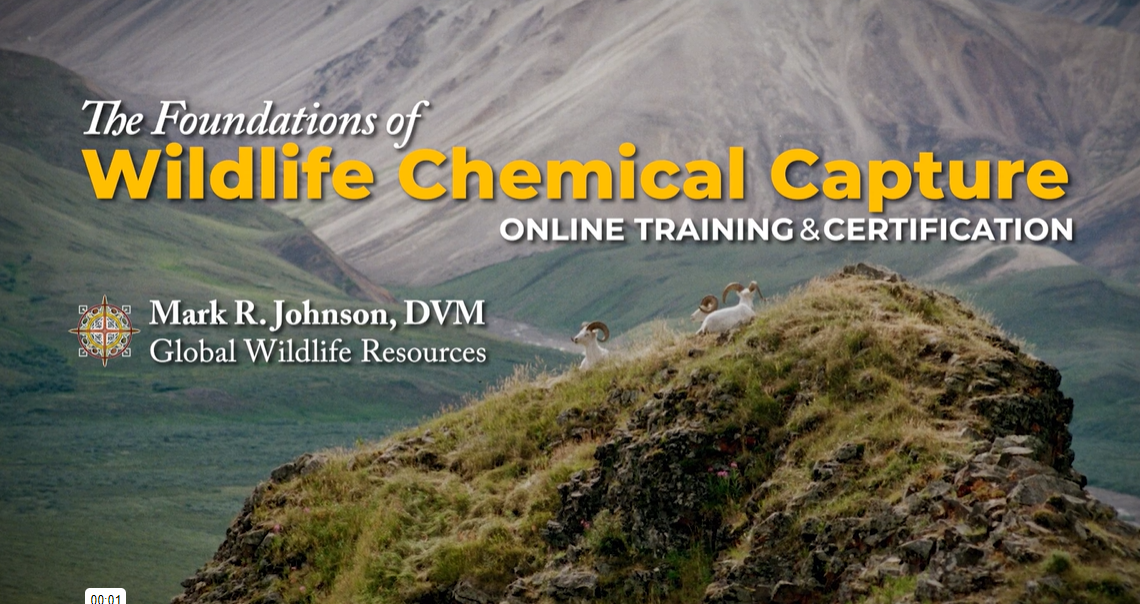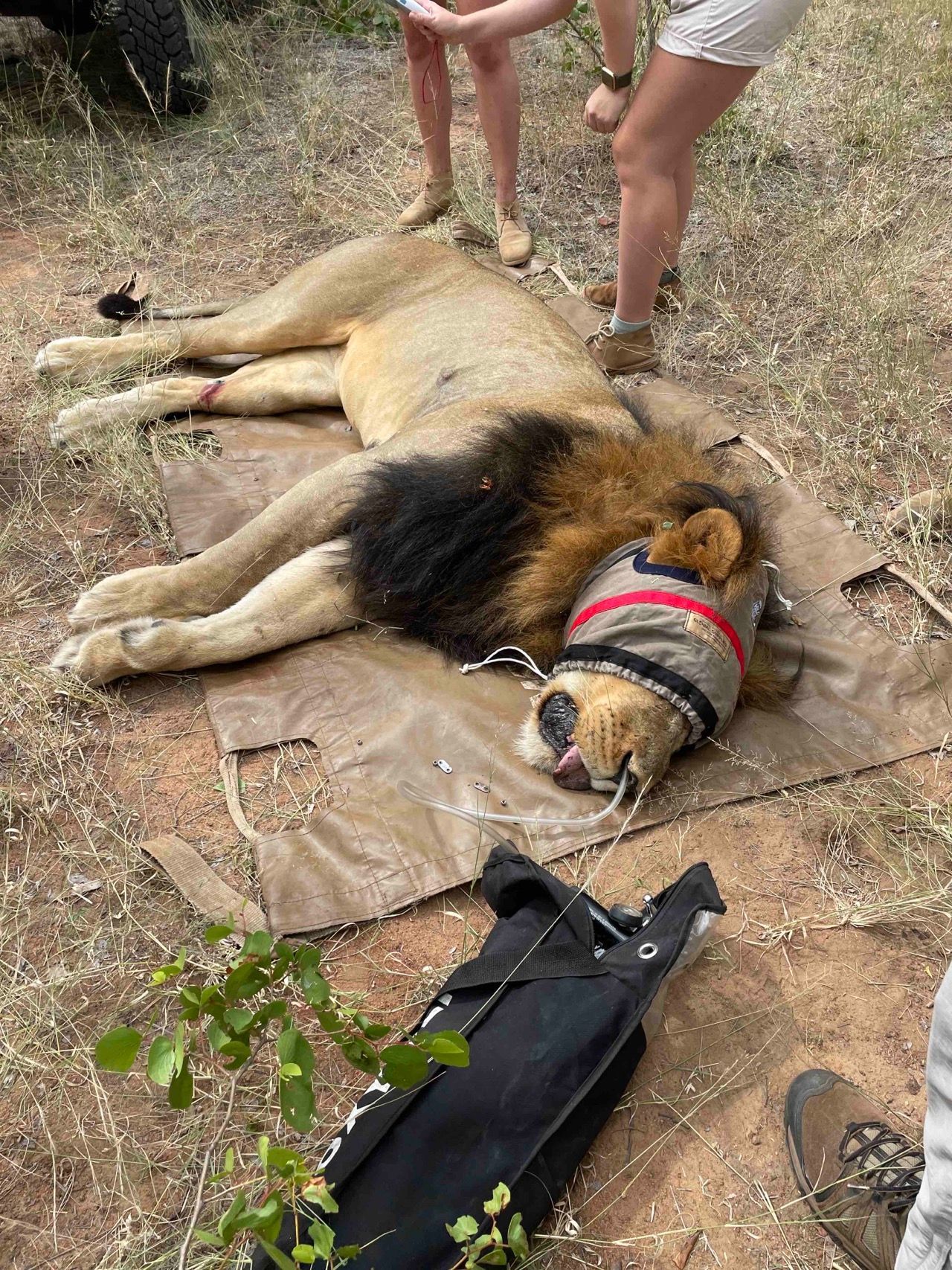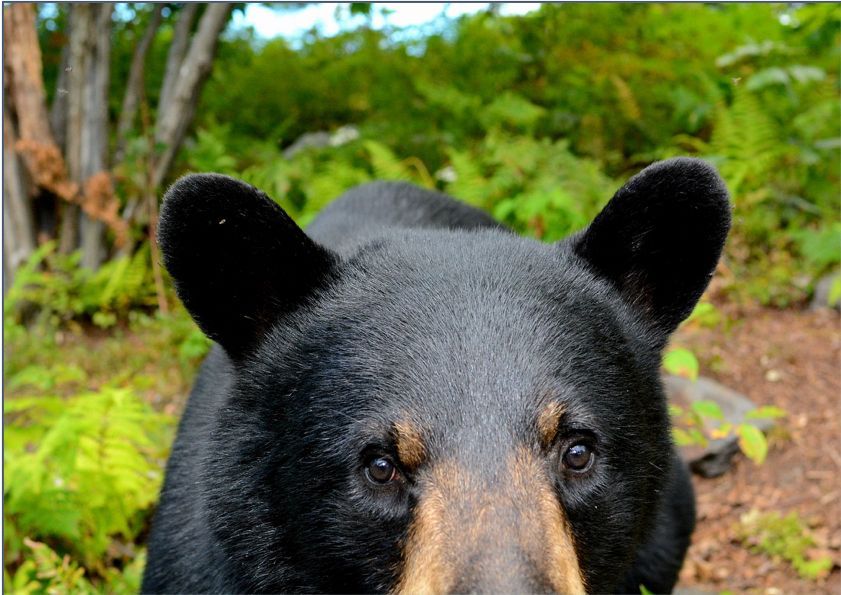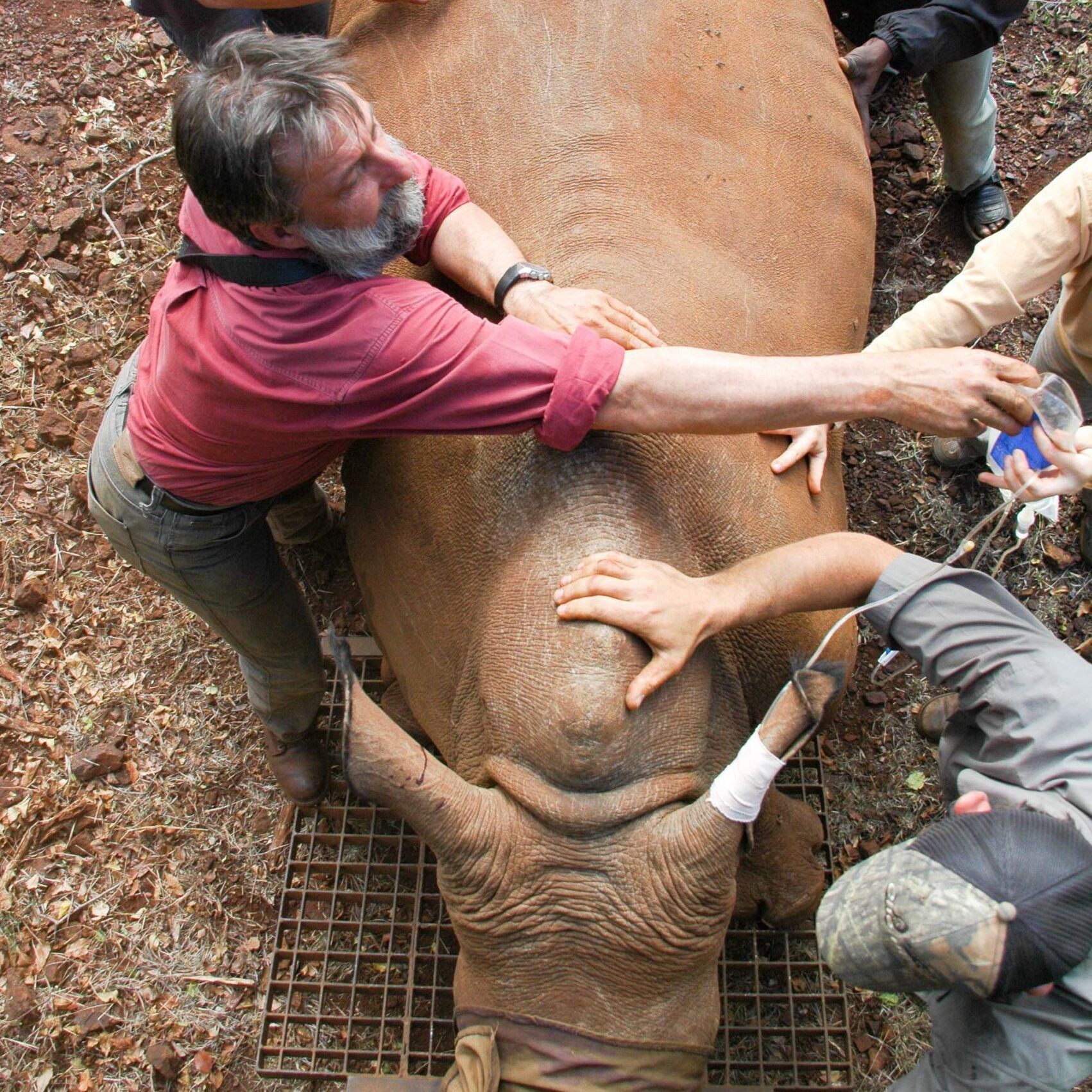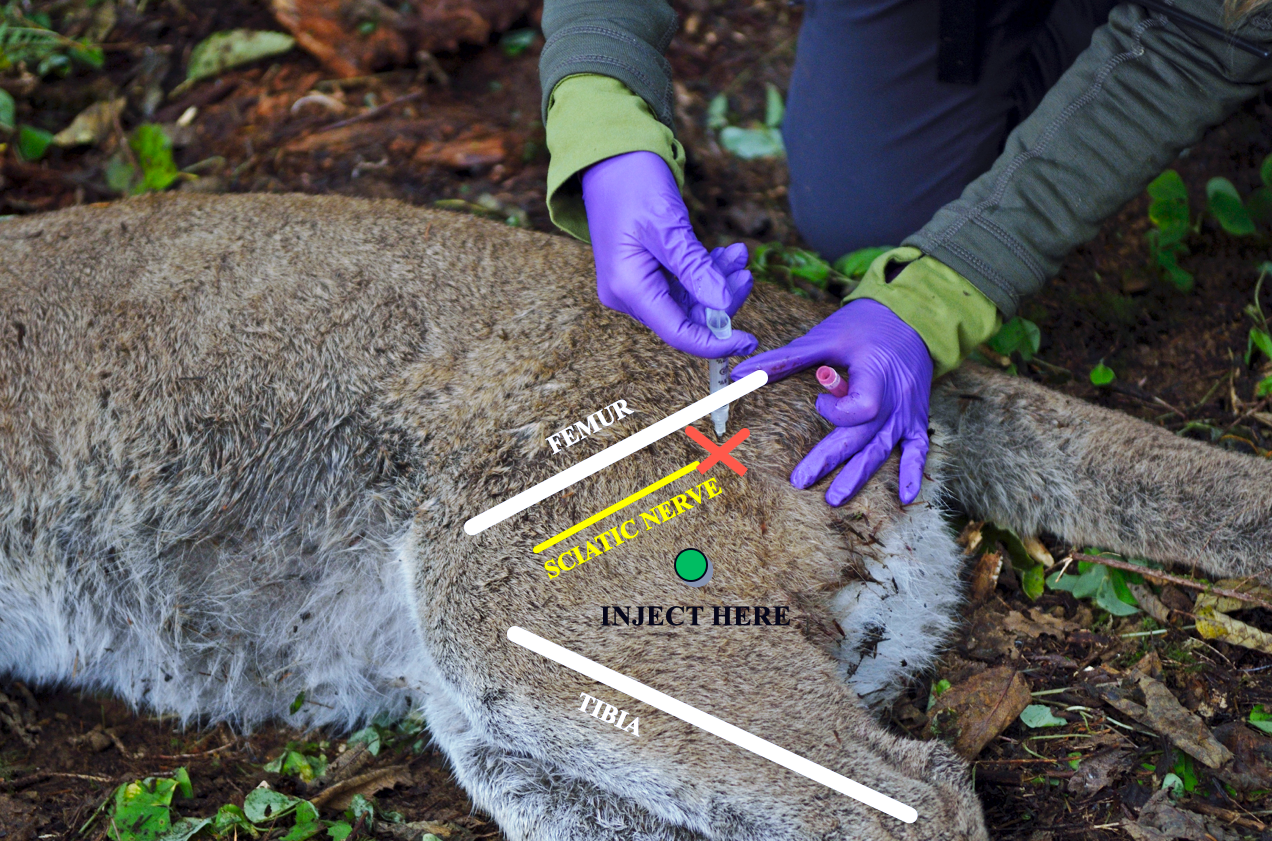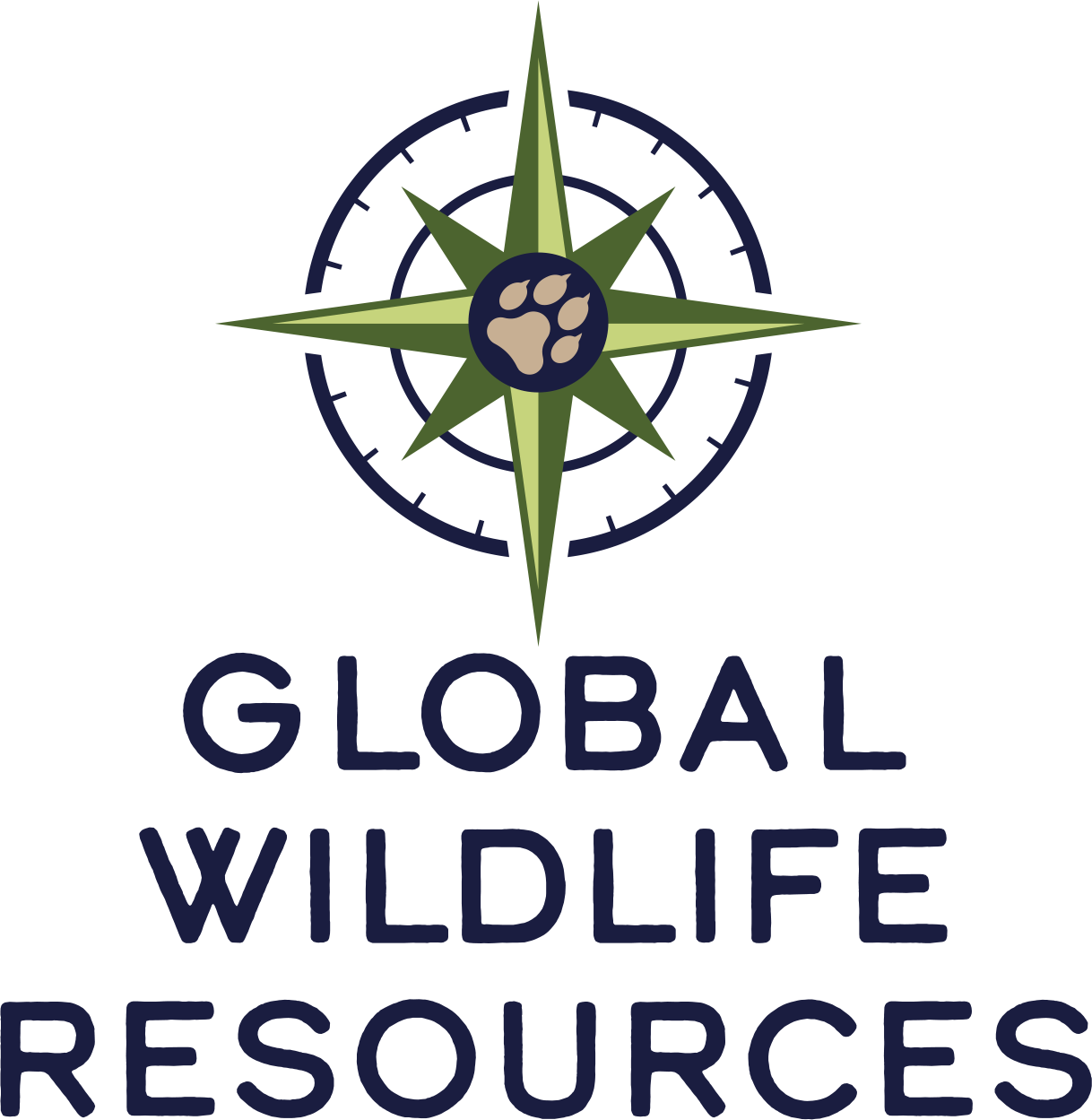Animal Care
Covering the eyes of an anesthetized animal can protect their eyes from dirt, debris, and insects. On a sunny day it will shade the retinas and reduces drying of the cornea. (The professional standard is to also treat the eyes of anesthetized animals with steroid-free ophthalmic drops or ointment. Drops are easier.)
Psychologically it is easier for the animals. I have seen wild caught wolves burying their heads in straw with the rest of their body in the open. It is almost as if they feel safer with their head covered.
Human Safety
Some drug combinations, such as ketamine and xylazine, can produce a sudden wake-up as the drugged animal transitions from anesthesia (unresponsive) to sedation (responsive). Imagine a handler working with a coyote, mountain lion, or bear and focusing on radio-collaring, annual medical treatments, or blood collection and then the animal suddenly wakes up. This can compromise human safety or turn it into a rodeo with handlers struggling for control with physical restraint.
Imagine a waking animal becoming responsive and watching the activity around them. A headcover will reduce the frequency of sudden wake ups and increase human safety by minimizing stimulus. Yes, a covered animal can still feel the handlers working on them (there are ways to touch and handle drugged animals that also reduce sudden wake-ups), but the head cover really makes a difference. Sometimes with sedate (responsive) animals, the only thing between the handler and the awake animal is the head cover. It makes a huge difference.
Practical Reasons for Not Using A Headcover
The effects of many drug combinations, such as Telazol are long lasting and result in gradual recoveries rather than sudden wake-ups. Handlers may reason that they do not need a headcover for human safety when the drug combination is long acting.
We often check the eyes for assessing depth of anesthesia and the headcover blocks our view. The headcover can also make it harder to examine the mouth, color of gums, and capillary refill time. If the animal is sedate (responsive), quiet only because of the head cover, it can be risky to quickly remove it to check the eyes so it is important to be careful. In my chemical capture courses, I teach some basic safety measures for how to remove the head cover when it must be removed.
A headcover can also be a bother or distraction blowing away when working around helicopters. Heavier leather headcovers work better for these conditions.

